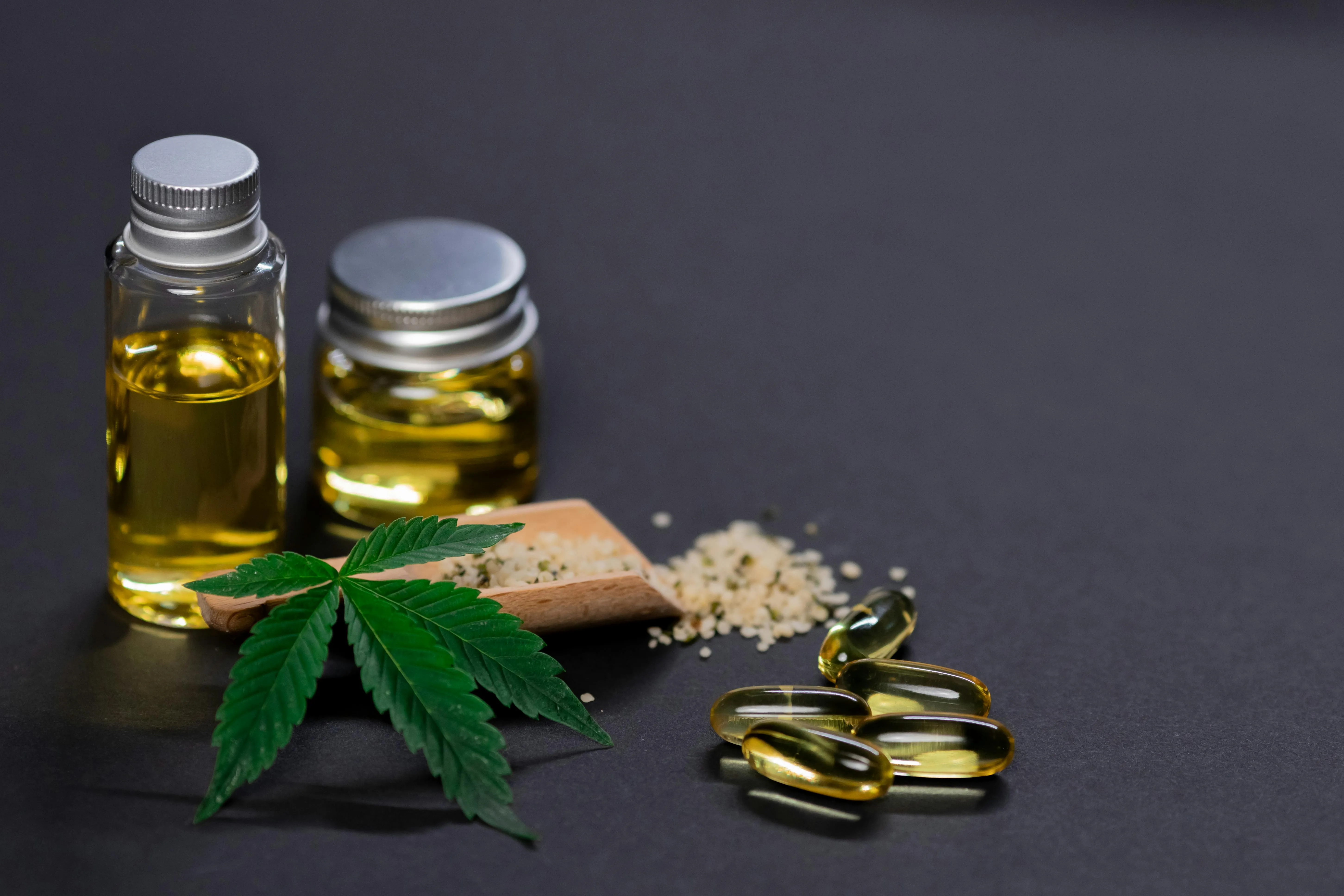“Embracing the Green Thumb: A Friendly Guide to Cultivating Your Own ‘Weeds’!”
In the vast, diverse world of botany, it’s easy to overlook the humble weed. Often seen as a nuisance in gardens and fields, these unsung heroes have their own unique charm and potential benefits that can turn them into prized additions to your garden or home-grown herb collection. Let’s embark on an exciting journey of discovering the art of acquiring weeds!
Weeds are often resilient, adaptable plants that grow in seemingly inhospitable conditions. They have a knack for thriving where other plants might wither away. This tenacity makes them ideal candidates for those who wish to cultivate a low-maintenance, eco-friendly garden. By learning to identify and harness the power of weeds, you’ll be taking a step towards becoming a more sustainable gardener!
First, let’s explore some popular ‘weeds’ that are actually beneficial:
1. Dandelions (Taraxacum officinale): Often seen as a garden pest, the dandelion is much more than just a yellow flower. Its leaves can be eaten raw or cooked, making them a nutritious addition to your salads. Moreover, dandelions are excellent natural insect pollinators and provide food for birds.
2. Clover (Trifolium spp.): This familiar lawn invader is not only beneficial for honeybees but also contains isoflavones, which may have potential health benefits. Its deep root system helps prevent soil erosion, making it a great choice for sustainable landscaping.
3. Purslane (Portulaca oleracea): With succulent leaves and bright yellow flowers, this weed is rich in omega-3 fatty acids, vitamins A and C, and minerals like calcium and magnesium. It’s a delicious addition to salads!
Harvesting your weeds can be an enjoyable and rewarding experience. Here are some tips for acquiring and utilizing these green wonders:
1. Identify your weed: Ensure you have correctly identified the weed before consumption or cultivation, as some plants may be poisonous. Consult field guides or online resources to aid in proper identification.
2. Careful collection: Gently pull weeds from the ground by their roots to ensure they don’t return. If pulling is too difficult, use a trowel to minimize damage to the plant and soil structure.
3. Cleaning and storage: Rinse your collected weeds under cold water, then gently pat dry or air-dry them for later use. Store in an airtight container in a cool, dry place.
4. Cooking and consumption: Many weeds can be eaten raw, sautéed, or added to soups and salads. For example, dandelion greens have a slightly bitter flavor that becomes more palatable when cooked, while purslane adds a lemony tang to your dishes.
5. Preservation methods: You can freeze, dehydrate, or pickle weeds for long-term storage. Drying is an excellent option for preserving the vibrant colors and flavors of your weeds.
By learning the art of acquiring weeds, you’ll be taking a step towards cultivating a more sustainable garden and expanding your culinary horizons. So, the next time you see a dandelion in your lawn or clover in your field, consider it an invitation to explore the untapped potential of these humble plants! Embrace the green thumb within, and enjoy the bountiful benefits that weeds can offer!